Please login or click here to join.
Forgot Password? Click Here to reset pasword
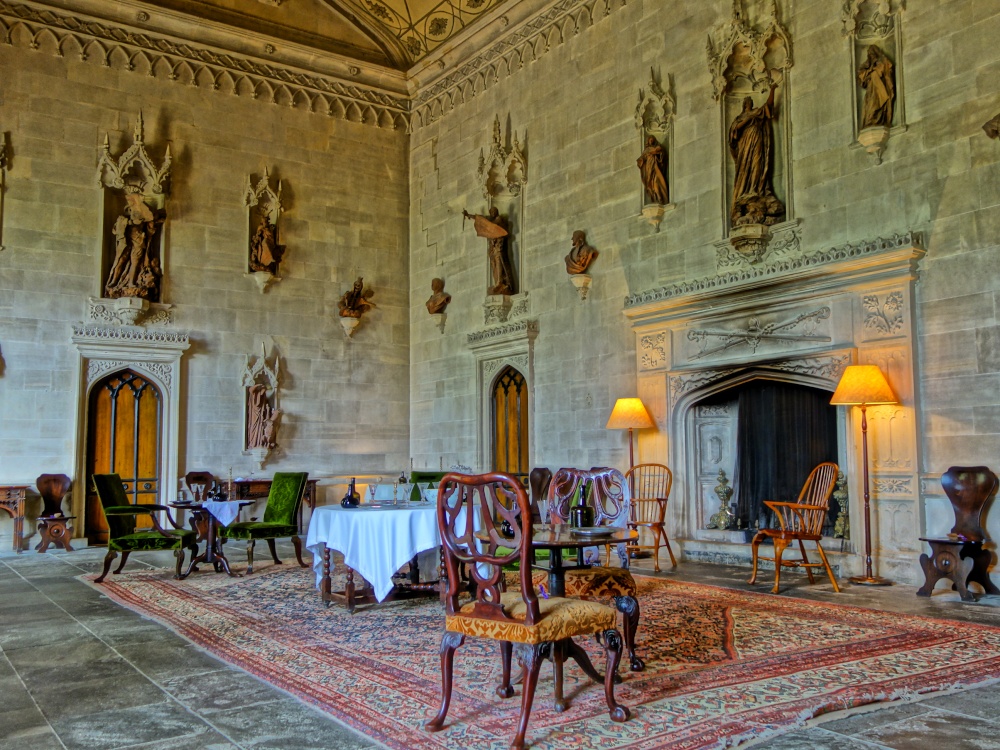
Lacock is one of the most beautiful villages in England, with houses dating from the 15th-century to the 18th-century. At the heart of the village lies the magnificent abbey founded by Ella, Countess of Salisbury in the year 1232. The abbey building is a confection of many styles and features a stunning octagonal tower, tall chimney pots and decorative mullioned windows. It remained an abbey until the reign of Henry VIII when the Dissolution of the Monasteries was caused by the Henry's wish to divorce Queen Catherine.
At the time of the Dissolution, the abbey was sold to William Sharington who made it his home. He had travelled widely on the continent and had a particular love for Italy, thus he introduced the Italian style of architecture to the alterations to be made to Lacock Abbey. When he died in 1553 having no issue, the house passed to his niece Mrs John Talbot. Between the 18th and 19th-centuries the Abbey underwent a series of alterations and the stunning Gothic revival style is a legacy from the 18th-century when alterations were made by the architect Sanderson Miller.
The Abbey remained in the ownership of the Talbot's for over 400 years. During this time the family's most famous member was William Henry Fox Talbot, who in 1835 pioneered the development of the world's first photographic negative. His subject was the oriel window in the south gallery, and today a print of the negative hangs close to the window making the house a Mecca for photographic enthusiasts. The Fox Talbot Museum of photographic memorabilia is located in a converted barn outside the abbey gates.
Lacock Abbey offers many experiences and is well worth a visit. The cloister and the chapter house are strongly atmospheric of the austere lives of the nuns who surrounded Ella when she was Abbess. Nun's followed the religious way of life at Lacock Abbey for over three centuries and this part of the abbey is in stark contrast to the luxurious Tudor accommodation introduced by William Sharington and his heirs.
The village of Lacock perfectly epitomises, and indeed exceeds ones expectations of the idyllic English village. It was given to the National Trust together with Lacock Abbey in 1944, when remaining members of the Fox-Talbot family became tenants of the National Trust.
Do not be surprised if you leave Lacock feeling that you have seen it before; it has been the setting for scenes in several noted historical drama's, including; Pride and Prejudice and Emma and Moll Flanders.

a Picturesque Village in the county of Wiltshire
(0.2 miles, 0.2 km)Gatherings of graceful medieval houses line the streets of Lacock..

a Picturesque Village in the county of Wiltshire
(7.2 miles, 11.6 km, direction NW)Tucked away in the Cotswolds, Castle Combe is a quintessential English village with honey-colored stone houses, a medieval market cross, and a peaceful ambiance. It's an idyllic destination for a relaxing countryside getaway...
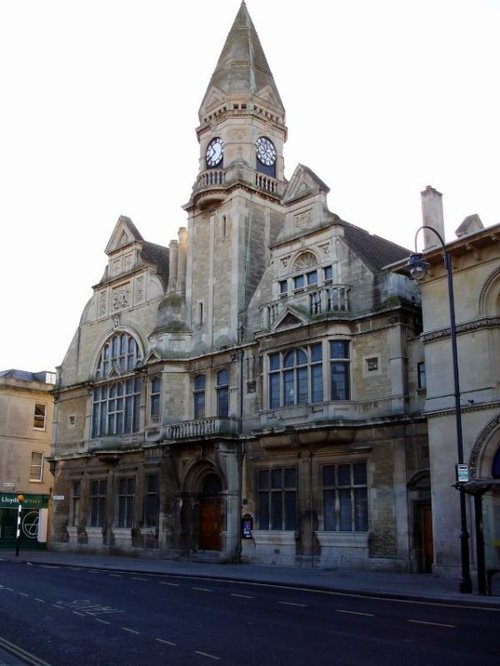
a Historic Market Town in the county of Wiltshire
(7.6 miles, 12.3 km, direction SW)Trowbridge is a historic town crammed with attractive stone buildings. It originated as a settlement along the Biss and flourished from the wool and weaving trades and from these periods there remain many magnificent merchant houses...

a Historic City in the county of Somerset
(10.7 miles, 17.3 km, direction W)Bath is an elegant city famous for its beautiful Georgian architecture and its Roman attractions from which it got it's name. The traveller James Boswell who visited the city.....
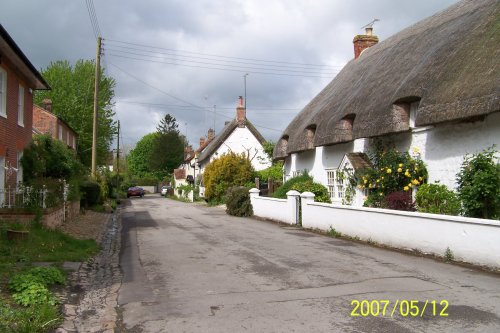
a Picturesque Village in the county of Wiltshire
(11.6 miles, 18.6 km, direction E)The village of Avebury is world famous for its spectacular stone circle, which some consider more spectacular than Stonehenge. The pretty village also has a 15th century church,.....
All towns in Wiltshire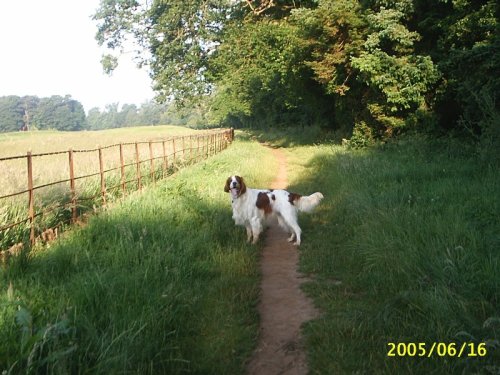
..
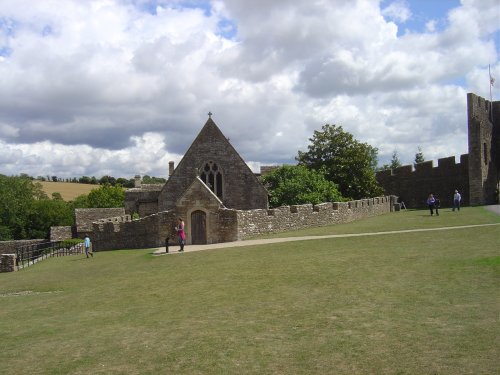
In 1383, the then Speaker of the House of Commons, Sir Thomas Hungerford had to be pardoned for building Farleigh Hungerford.....
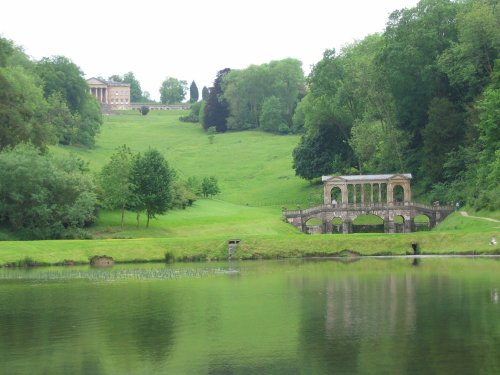
Capability Brown had a hand in establishing the stunning landscape of Prior Park. His services, together with the advice of.....
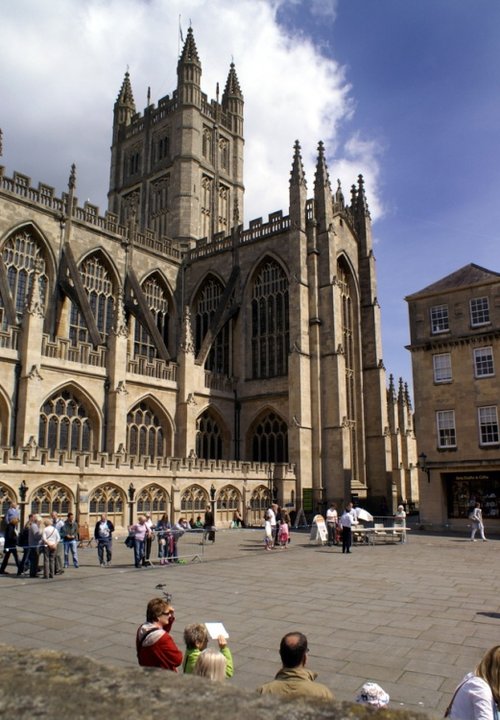
Bath Abbey is a beautiful building. The building is sited on the remains of a Norman Cathedral which itself replaced an 8th.....
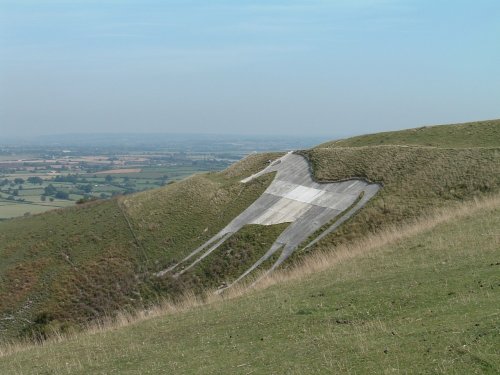
..